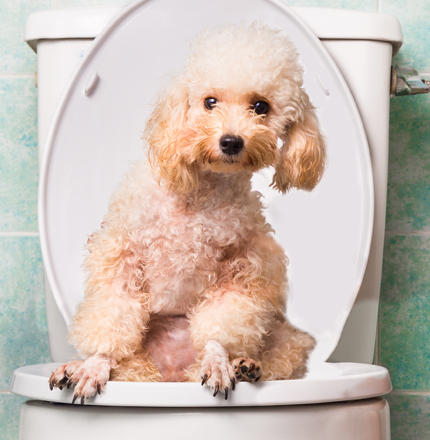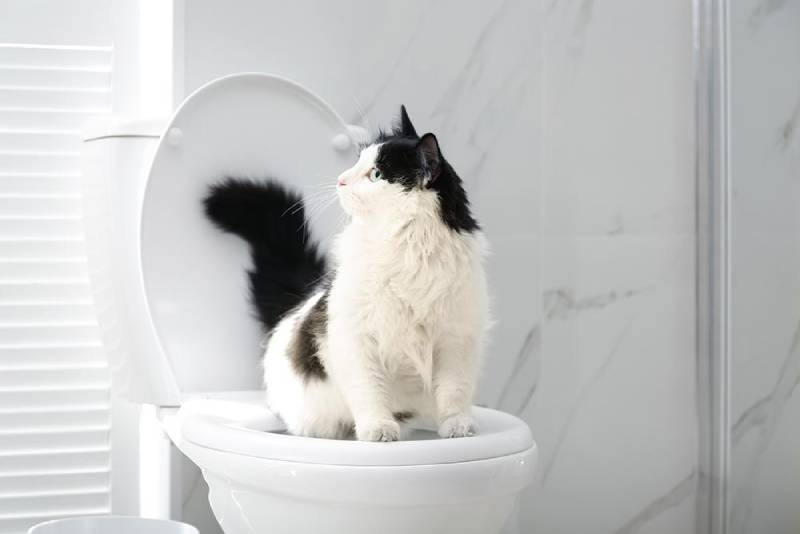Do you find yourself searching for selective information about 10 Things You Should Never Flush Down The Toilet?

When it comes to taking care of waste, particularly animal waste, many people commonly resort to the practical choice of flushing it down the toilet. However, this apparently simple remedy can have serious repercussions for the atmosphere and public health. In this short article, we'll discover why flushing animal waste down the bathroom is a poor idea and provide alternative approaches for appropriate disposal.
Intro
Proper waste disposal is important for keeping ecological sustainability and public health. While it might appear safe to purge animal waste down the toilet, it can result in different concerns, both for the setting and human well-being.
Threats of flushing pet waste
Ecological effect
Purging animal waste presents dangerous microorganisms and virus into waterways, which can negatively impact marine ecological communities. These virus can infect water resources and damage aquatic life, interfering with delicate environments.
Public health problems
Pet waste contains harmful germs such as E. coli and Salmonella, which can pose serious health and wellness threats to people. Flushing pet waste down the toilet can contaminate water supplies, resulting in the spread of conditions and infections.
Alternatives to flushing
As opposed to purging animal waste down the toilet, there are a number of alternative disposal methods that are much more environmentally friendly and hygienic.
Composting
Composting pet waste is an eco-friendly way to get rid of it. By composting, organic matter is broken down into nutrient-rich soil, which can be made use of to fertilize yards and plants.
Landfill disposal
Getting rid of pet waste in a landfill is one more alternative. While not as eco-friendly as composting, it is a safer alternative to flushing, as it stops the contamination of water sources.
Pet waste disposal systems
There are specialized pet waste disposal systems readily available that securely and hygienically take care of pet waste. These systems typically utilize enzymes to break down waste and get rid of odors.
Steps to correct animal garbage disposal
To ensure appropriate disposal of pet waste, follow these actions:
Scooping and bagging waste
Regularly scoop and bag animal waste using eco-friendly bags. This stops waste website from infecting the environment.
Making use of designated waste containers
Dispose of bagged animal waste in marked waste bins, such as compost containers or landfill containers. Avoid flushing it down the bathroom whatsoever costs.
Cleaning up litter boxes and family pet areas frequently
Regularly clean litter boxes and family pet locations to prevent the build-up of waste and bacteria. Use pet-safe cleansing products to preserve health.
Advantages of appropriate disposal techniques
Embracing proper disposal approaches for animal waste provides a number of advantages:
Decreased environmental pollution
Appropriate disposal approaches lower the risk of environmental pollution, protecting waterways and environments from contamination
Lessened threat of water contamination.
By staying clear of flushing pet waste down the bathroom, the danger of water contamination is significantly decreased, protecting public health.
Improved sanitation and health
Appropriate disposal methods promote far better hygiene and hygiene, creating a safer atmosphere for both people and animals.
Conclusion
Finally, flushing animal waste down the toilet is damaging to the atmosphere and public health. By adopting alternative disposal methods and following appropriate waste management methods, we can reduce the adverse effect of pet waste and add to a cleaner, healthier earth.
What To Do With Dog Poo – The Do's And Don'ts Of Disposing Of Faeces
Dog poo bins
Some councils provide dedicated dog waste bins in popular dog-walking areas that can take dog poo that has been bagged but you can legally dispose of dog waste in any public litter bin, as long as it is securely bagged. This also applies to your wheelie bin at home.
Do not flush
Water companies do not recommend flushing dog faeces down the toilet because certain parasites can survive the water processing treatment and are potentially harmful to humans. You should also never consider flushing dog poo that has been bagged down the toilet as the bags will not break down and instead create severe blockages in the sewage system.
In the woods
The Forestry Commission promotes a ‘stick and flick’ method for dealing with waste in the woods. This means finding a stick and using it to flick any poo from off the path so that it is out of the way of other walkers. You could also bury it as long as it is not in an area where there might be livestock.
Livestock
Parasites found in dog poo can be transmitted to livestock if they inadvertently eat infected faeces that has been left on grazing land. This could result in the death of sheep or abortion in cattle so you should always make sure you pick up your dog’s waste in fields where livestock could be present.

Regularly clean litter boxes and family pet locations to prevent the build-up of waste and bacteria. Use pet-safe cleansing products to preserve health.
Advantages of appropriate disposal techniques
Embracing proper disposal approaches for animal waste provides a number of advantages:
Decreased environmental pollution
Appropriate disposal approaches lower the risk of environmental pollution, protecting waterways and environments from contamination
Lessened threat of water contamination.
By staying clear of flushing pet waste down the bathroom, the danger of water contamination is significantly decreased, protecting public health.
Improved sanitation and health
Appropriate disposal methods promote far better hygiene and hygiene, creating a safer atmosphere for both people and animals.
Conclusion
Finally, flushing animal waste down the toilet is damaging to the atmosphere and public health. By adopting alternative disposal methods and following appropriate waste management methods, we can reduce the adverse effect of pet waste and add to a cleaner, healthier earth.
What To Do With Dog Poo – The Do's And Don'ts Of Disposing Of Faeces
Dog poo bins
Some councils provide dedicated dog waste bins in popular dog-walking areas that can take dog poo that has been bagged but you can legally dispose of dog waste in any public litter bin, as long as it is securely bagged. This also applies to your wheelie bin at home.
Do not flush
Water companies do not recommend flushing dog faeces down the toilet because certain parasites can survive the water processing treatment and are potentially harmful to humans. You should also never consider flushing dog poo that has been bagged down the toilet as the bags will not break down and instead create severe blockages in the sewage system.
In the woods
The Forestry Commission promotes a ‘stick and flick’ method for dealing with waste in the woods. This means finding a stick and using it to flick any poo from off the path so that it is out of the way of other walkers. You could also bury it as long as it is not in an area where there might be livestock.
Livestock
Parasites found in dog poo can be transmitted to livestock if they inadvertently eat infected faeces that has been left on grazing land. This could result in the death of sheep or abortion in cattle so you should always make sure you pick up your dog’s waste in fields where livestock could be present.

Do you appreciate reading about 10 Things You Should Never Flush Down The Toilet? Write feedback down below. We would be happy to see your thoughts about this blog entry. In hopes to see you back again soon. Appreciated our write up? Please quickly share it. Help another person locate it. Thank-you for your time spent reading it.
Book